| |
Kampoosa Bog
|
Kampoosa Bog is a fragile and protected ecosystem.
Do not attempt to enter the bog! Enjoy from a distance.
|
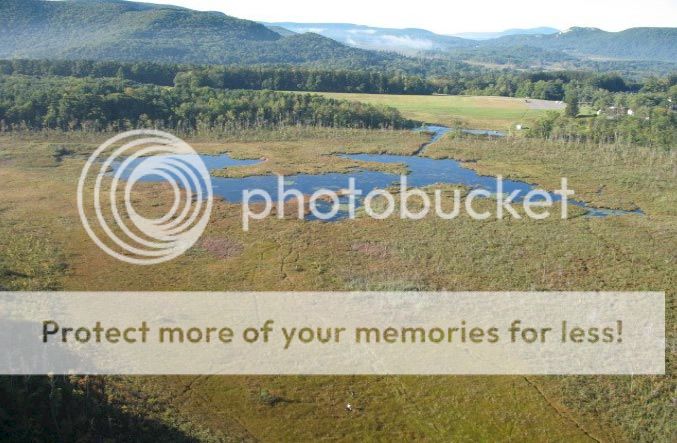 |
| Ground Zero is on the knoll (Eden Hill) in the background of this picture |
|
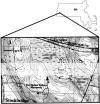 As you stand at Ground Zero you will be gazing out upon one of the most unique ecosystems in New England - Kampoosa Bog. As you stand at Ground Zero you will be gazing out upon one of the most unique ecosystems in New England - Kampoosa Bog.
Kampoosa is a Mahican word meaning the "Dangerous Place", presumably for the floating mat of sedges that might give way beneath a hunter's feet and plunge him down into the peaty black water beneath.
|
Misnamed a bog, Kampoosa Bog is not really a bog at all, but rather the largest and most ecologically diverse calcareous lake-basin fen in Massachusetts. Calcareous fens are rare and distinctive wetlands characterized by a substrate of non-acidic peat and dependent on a constant supply of cold, oxygen-poor groundwater rich in calcium and magnesium bicarbonates. This calcium-rich environment supports a plant community dominated by “calciphiles,” or calcium-loving species. These fens typically occur on slight slopes where upwelling water eventually drains away and where surface water inputs are minimal.
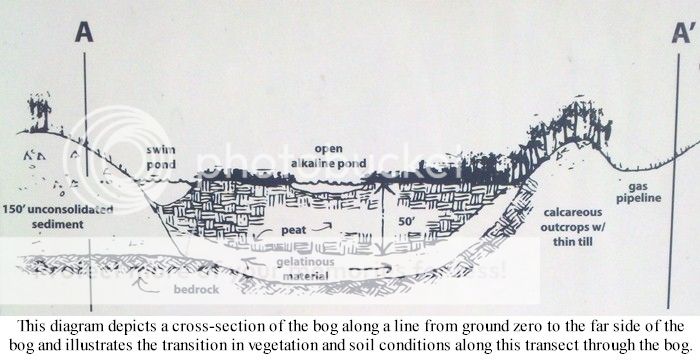 |
|
What Is The Difference Between A Fen And A Bog?
The feature that distinguishes fens from bogs is the fact that fens receive water from the surrounding watershed by way of streams and groundwater, while bogs receive water primarily from precipitation. Fens, therefore, reflect the chemistry of the geological formations through which these waters flow resulting in much variation among fens with respect to acidity. Fens can vary from acid fens to calcareous fens. Bogs on the other hand are associated with extreme acid conditions. In limestone areas the water is high in calcium carbonate resulting in fens that are typically buffered to a near neutral pH of 7.
The common features of both bogs and fens are that they accumulate peat and occur in similar climatic and physical geographic regions. Indeed, they often occur side by side, one grading into the other. Under the right conditions, peat can accumulate in low domes that effectively separate rain water in the dome from calcium rich groundwater in the underlying fen.
The plant community of the fen is more varied than that of a bog and where heaths are more plentiful in bogs, sedges tend to be more plentiful in fens. Calcareous fens support a group of plants that differs somewhat from the group of plants found in acid fens. The calcareous fens tend to be dominated by grasses and sedges as well as calcium loving trees such as northern-white cedar and Atlantic white cedar instead of the sphagnum moss common to acid fens.
Some species of wildlife such as bog turtles are more common in calcareous fens where they use the shrub layer for aestivation, or summer hibernation, particularly in the northeast |
|
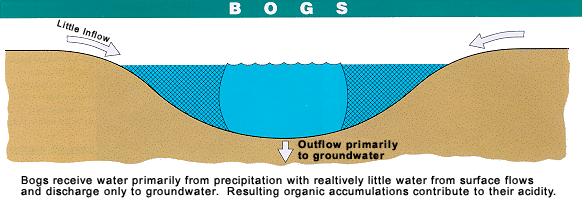

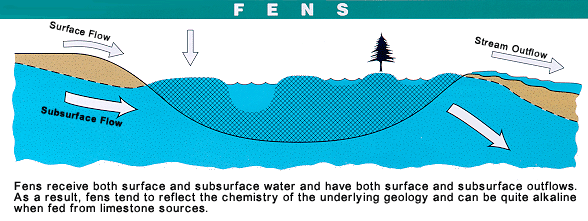
|
|
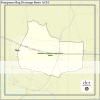 Situated within a 1,350 acre drainage basin, the 160-acre open fen consists of a floating sedge mat that overlies peat and lake clay deposits. Mineral weathering of marble bedrock supplies highly alkaline ground and surface waters to the fen basin. More than 20 state-listed plants and animal species occur in Kampoosa Bog, making it the best example of this wetland type in New England. Situated within a 1,350 acre drainage basin, the 160-acre open fen consists of a floating sedge mat that overlies peat and lake clay deposits. Mineral weathering of marble bedrock supplies highly alkaline ground and surface waters to the fen basin. More than 20 state-listed plants and animal species occur in Kampoosa Bog, making it the best example of this wetland type in New England. |
 Kampoosa Bog is an ecological gem unique to the Berkshires. The fen is on land owned by the Congregation of Marian Fathers and the Division of Fisheries and Wildlife, and it is protected with a conservancy jointly administered by the Marian Fathers and the town of Stockbridge. This conservancy protects Kampoosa Bog by restricting use and access to this fragile wetland, but it does not protect the watershed in Stockbridge and Lee that feeds this unique habitat. Increasing development in the surrounding watershed and subsequent concern about threats to Kampoosa Bog’s water quality led to joint efforts by the Stockbridge and Lee land Trusts to see the Kampoosa Bog Drainage Basin designated as a state Area of Critical Environmental Concern (ACEC). Then-Secretary of Environmental Affairs Trudy Coxe officially designated Kampoosa Bog an ACEC in August 1995. This Kampoosa Bog is an ecological gem unique to the Berkshires. The fen is on land owned by the Congregation of Marian Fathers and the Division of Fisheries and Wildlife, and it is protected with a conservancy jointly administered by the Marian Fathers and the town of Stockbridge. This conservancy protects Kampoosa Bog by restricting use and access to this fragile wetland, but it does not protect the watershed in Stockbridge and Lee that feeds this unique habitat. Increasing development in the surrounding watershed and subsequent concern about threats to Kampoosa Bog’s water quality led to joint efforts by the Stockbridge and Lee land Trusts to see the Kampoosa Bog Drainage Basin designated as a state Area of Critical Environmental Concern (ACEC). Then-Secretary of Environmental Affairs Trudy Coxe officially designated Kampoosa Bog an ACEC in August 1995. This 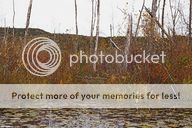 designation provides official recognition of Kampoosa’s ecological importance and increases its protection by various means such as mandated scrutiny of development proposals. It also further protects the area by preventing ditching, drainage, dam construction, and water quality degradation. designation provides official recognition of Kampoosa’s ecological importance and increases its protection by various means such as mandated scrutiny of development proposals. It also further protects the area by preventing ditching, drainage, dam construction, and water quality degradation.
Kampoosa Bog has a broad network of stakeholders, and serves as a model for similar 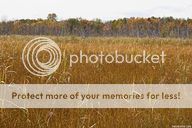 greenway collaborations along the Housatonic corridor. Among these groups are: the Stockbridge and Lee Land Trusts, Stockbridge and Lee Conservation Commissions, The Nature Conservancy, the Congregation of Marion Fathers, Tennessee Gas Pipeline Company, the Berkshire Regional Planning Commission, state Department of Parks and Conservation, the ACEC Program, the state Natural Heritage and Endangered Species Program, state Department of Fisheries and Wildlife, Mass Highway, the Turnpike Authority and the Massachusetts Historical Commission. greenway collaborations along the Housatonic corridor. Among these groups are: the Stockbridge and Lee Land Trusts, Stockbridge and Lee Conservation Commissions, The Nature Conservancy, the Congregation of Marion Fathers, Tennessee Gas Pipeline Company, the Berkshire Regional Planning Commission, state Department of Parks and Conservation, the ACEC Program, the state Natural Heritage and Endangered Species Program, state Department of Fisheries and Wildlife, Mass Highway, the Turnpike Authority and the Massachusetts Historical Commission.
|
 |
| For more Information:
http://www.iberkshires.com/story.php?story_id=12381
|
|
|
|
|